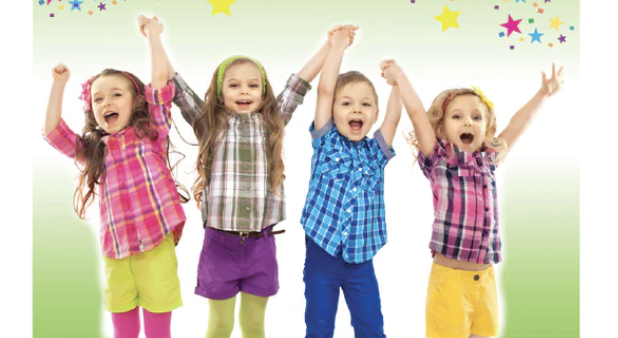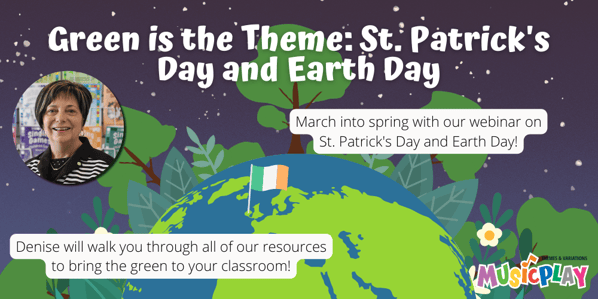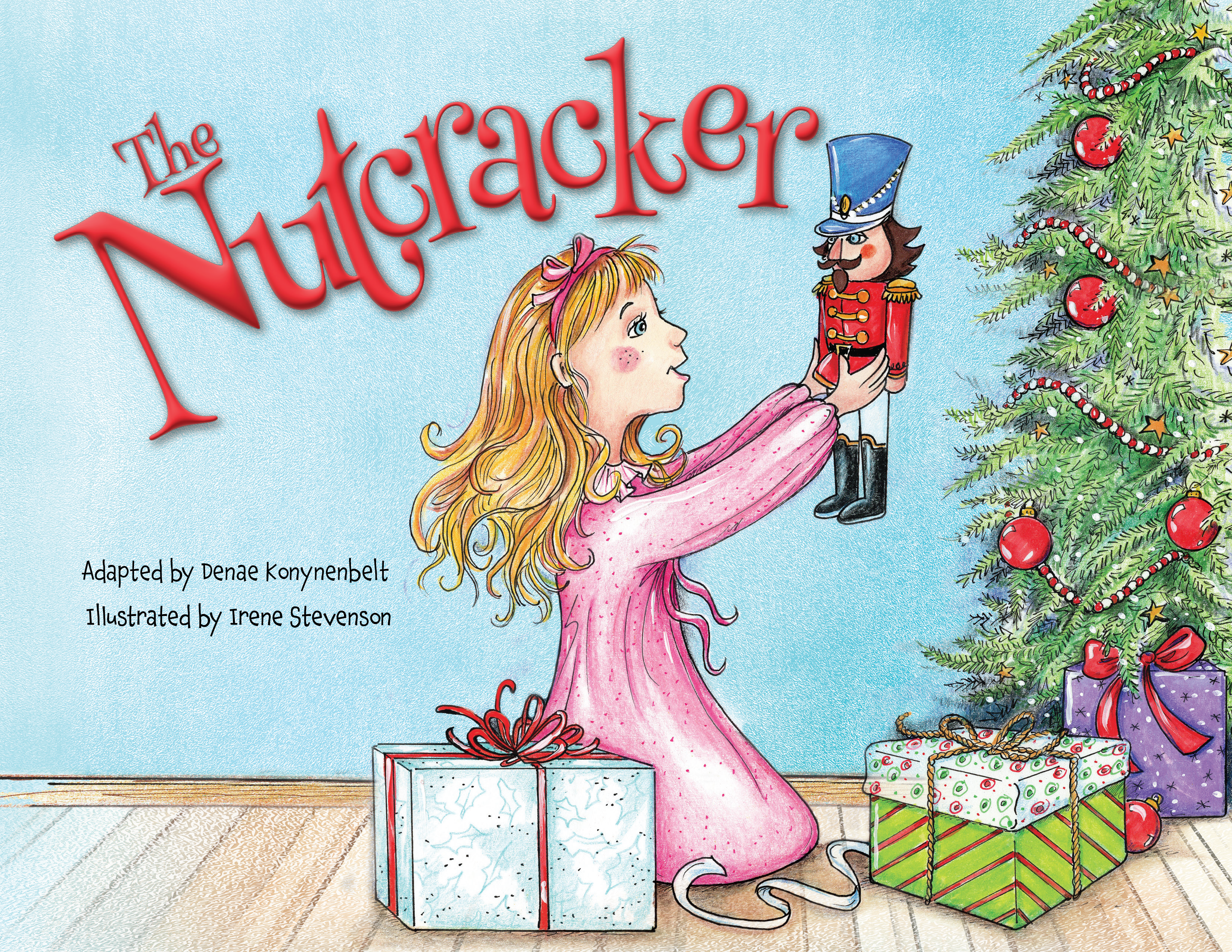Movement Activities

Movement Activities
by Denise Gagne
Movement should be a integral part of music classes. When I revised the Musicplay for Kindergarten teacher's guide in 2013, I added descriptions of many movement activities that you can use in the music class.
Movement Activity 1 - Move and Stop
Objective: beat/no beat, same/different, quiet/loud, fast/slow In this movement activity, the students will explore moving when the teacher plays the woodblock or drum. When the teacher stops playing, the students stop and freeze. Tell the students, “Make your feet do what the drum plays. When the drum stops, you stop.” Each pause should be a different length. Students love the anticipation that builds while they wait for you to play a new pattern. Ask the students to tell you when there is a beat and when there is no beat.
Mix up the patterns. Sometimes play the same pattern twice. Vary the length of the patterns. Play the patterns at different tempos. Try playing with different dynamic levels and observe if the students respond with movement to show the different dynamics. Repeat this activity frequently. Later, try playing a piece of instrumental music and have students move when you play it, and stop when you pause.
1. Play ta ta | ta ta | ta ta | ta Pause, making sure that all students have stopped moving.
2. Play ta ta | ta ta | ta ta |ta ta | ta ta | ta ta |ta Pause
3. Play ta ta ta | ta ta ta | ta ta ta | ta Pause (3/4)
4. Play TA ta ta ta | TA ta ta ta | TA ta ta ta | Ta Pause (4/4)
5. PlayTA ta ta ta ta | TA ta ta ta ta | TA ta ta ta ta | Ta Pause (5/4)
6. Play ta ti ta ti |ta ti ta ti |ta ti ta ti | ta Pause (students may feel like skipping to this pattern)
Play quieter and louder. Play faster and slower
Listen, Move and Respond to Music
- use Vivace, G.F. Handel (In Musicplay for Kindergarten)
- or you can use any listening example with a quick, steady beat
- In the Listening Resource Kit 1, use #28, 29, 36
Teaching Process/Suggested Activities: This listening selection is included to provide practice in moving to a steady beat, and to expose children to the music of Handel. There are many different activities that you can use to make listening to classical music engaging for the children.
1. Keep a beat with body percussion or instruments: While you listen keep a beat by tapping “two here” and “two there” on thighs, head, knees, nose, head, elbows or any other body part you or your students can think of. Try playing non-pitched percussion instruments to the beat. You might want to transfer the tapping of the beat to tapping the beat on a beat chart. You can use the beat chart given at the beginning of this guide, or you could use 4 hearts on the floor and have students tap on them.
2. Copycat Game: Choose three or four leaders to move to the music while the rest of the class copies their movement. Not only is “Copycat” fun to play, the children are receiving multiple exposures to the music of Handel and music of the Baroque era.
3. Move (locomotor movement) in different ways to the music: march, hop, stomp, jump or give your students scarves or ribbons to move to the music.
4. Listen and respond to the music: A pointing page is given in the Musicplay for Kindergarten teacher's guide. Give the pointing page to the students and talk about what the “people” in the different pictures might be feeling. Have the students point to the face that shows how they are feeling.
Movement Activity 2 - Step and Skip
Objective: step to show 2/4, 4/4 meters, skip to show 6/8 In this movement activity, the students will step to the beat when the teacher plays a 2/4 or 4/4 pattern on the woodblock or drum and will skip when the teacher plays a 6/8 pattern. When the teacher stops playing, the students stop and freeze. Tell the students, “Make your feet do what the drum plays. When the drum stops, you stop.” Each pause should be a different length. Students love the anticipation that builds while they wait for you to play a new pattern. Ask the students to tell you when there is a beat and when there is no beat. Play instrumental music in 2/4, 4/4 or 6/8 and have students move when you play it, and stop when you pause.
1. Play ta ta | ta ta | ta ta |ta ta | ta ta | ta ta |ta Pause (students should step) Pause, making sure that all students have stopped moving.
2. Play ta ti ta ti |ta ti ta ti |ta ti ta ti | ta Pause (students should skip to this pattern)
3. PlayTA ta ta ta | TA ta ta ta | TA ta ta ta | Ta (stepping pattern)
4. Play ta ti ta ti |ta ti ta ti |ta ti ta ti | ta Pause (students should skip to this pattern)
Play pieces of music that are 2/4, 4/4 or 6/8 and have the students decide if it's a stepping piece or a skipping piece. In the Listening Resource Kit 1, #28, 29, 30 are stepping pieces. #36, 37 are skipping pieces.
Movement Activity 3 - Explore Moving with Different Body Parts
In this movement activity, the students will explore movement with one, two, three or more body parts when the teacher plays the tambourine. When the teacher stops playing, the students stop and freeze. Tell the students, “When I shake the tambourine, you move. When I stop, you stop.”
1. Move one body part. (shake tambourine and stop)
2. Move a different body part.
3. Move two body parts at the same time.
4. Move two different parts.
5. Move three parts of your body.
6. Move your entire body
- Choose a piece of music and have your students experiment moving 1, 2, 3 body parts to the music!
Movement Activity 4 - Move High and Low
Objective: beat/no beat, high/low
- review the boundaries of the open space
- teacher plays a steady beat on a high sound or a low sound.
- for high sounds you could use the high notes on a piano, xyolophone or the smallest temple block.
- for low sounds you could use the piano, a bass bar, a bass Boomwhacker or a timpani.
- when the high sound is played, students choose a way to move at a high level (locomotor
- walk, tiptoe, jump, baby steps) while the beat plays.
- when the beat stops, the students stop
- when the low sound is played, students move at a low level while the beat plays
- when the beat stops, the students stop
Play high and low melodies on a piano or keyboard and have the students move to show the level. In the collection, “Shake it Up!” by Susie Davies-Splitter and Phil Splitter there is a great song to have children move to high and low sounds. It’s called “Let’s Get you Moving.”
Link to product: Shake it Up!
Another great activity for exploring high and low with movement is to teach the children the dance, “Seven Jumps.” There is a great recording of this on iTunes by the Shenanigans.
Musicplay Live
Registration for Musicplay Live in Washington, DC; Austin, TX; and Virtual is open!
Musicplay Workshops

Check out our latest webinar on activities for April, including Easter and Spring activities AND Bunnies: The Musical!
Musicplay Minutes Podcast

Listen to our newest podcast on ideas for St. Patrick's Day and Earth Day!

.png?width=483&height=405&name=MusicplayLive%202023%20Sing!%20Say!%20Dance!%20Play!%20With%20Artie%2c%20Denise%2c%20and%20JJ%20Locations%20FB%20(2).png)
